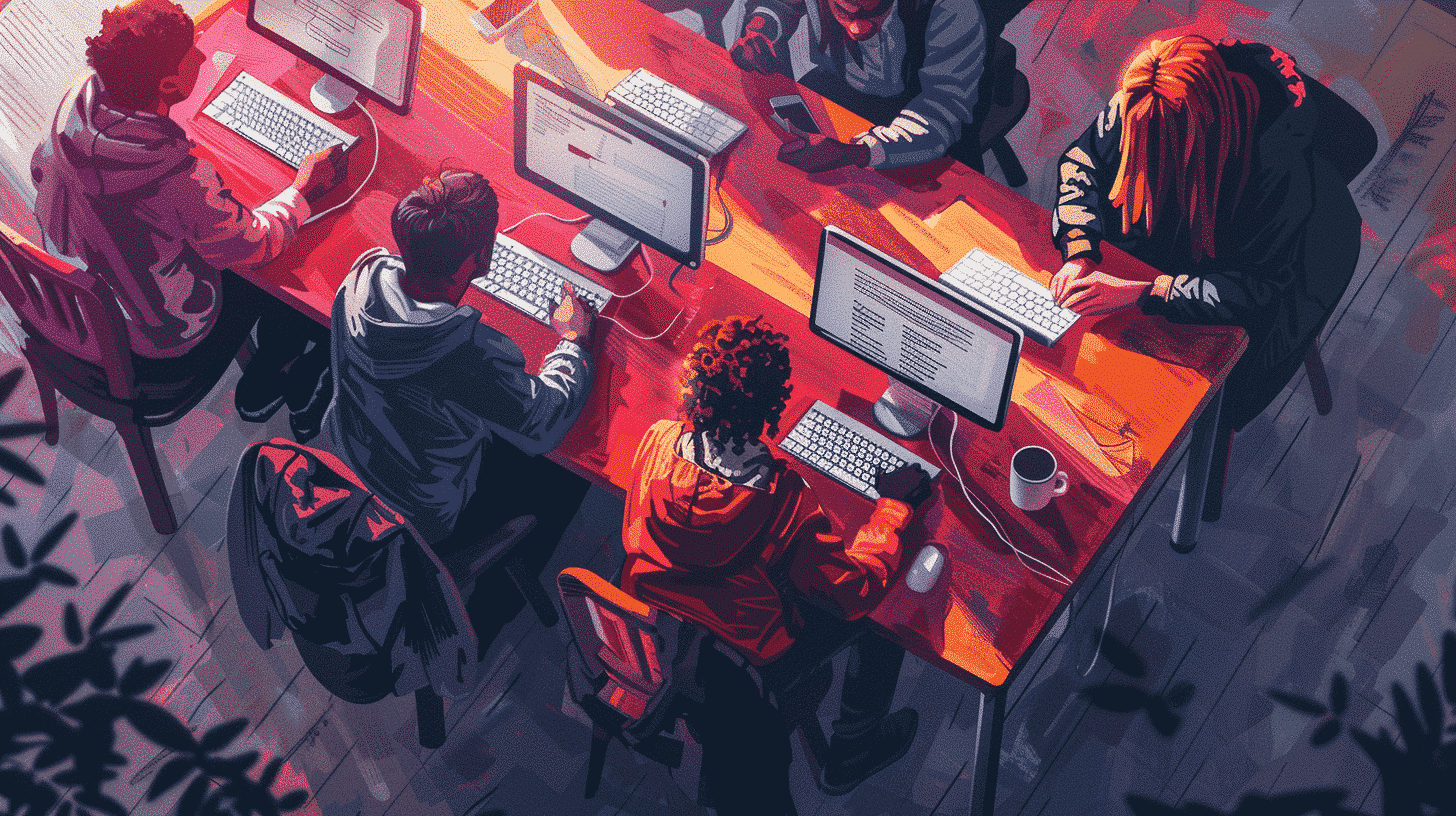Understanding the Basics: Saying Hello in Lithuanian
Learning how to say hello in Lithuanian is your first step toward effective communication in the language. Unlike English, Lithuanian greetings vary depending on the formality of the situation, the time of day, and the region. Below are the most common ways to say hello in Lithuanian:
- Sveiki – A formal and polite greeting used when addressing multiple people or in professional settings.
- Laba diena – Literally means “Good day” and is commonly used during the daytime as a formal hello.
- Labas – An informal, friendly way to say hello, equivalent to “Hi.”
- Labas rytas – Means “Good morning,” used during the early part of the day.
- Labas vakaras – Means “Good evening,” used later in the day as a greeting.
Each greeting serves a specific purpose depending on social context and time, making it important to choose the right hello in Lithuanian to convey respect and friendliness appropriately.
Pronunciation Guide: Mastering Hello in Lithuanian
Correct pronunciation is crucial when learning how to say hello in Lithuanian, as it ensures clear communication and shows respect for the language. Lithuanian is a phonetic language, meaning words are pronounced as they are spelled, but it also has sounds unfamiliar to English speakers.
- Sveiki: Pronounced as svay-kee, with the first syllable rhyming with “day.”
- Laba diena: Pronounced lah-bah dyeh-nah, with emphasis on the first syllable of each word.
- Labas: Pronounced lah-bahs, a soft and friendly greeting.
- Labas rytas: Pronounced lah-bahs ri-tahs, where “rytas” means morning.
- Labas vakaras: Pronounced lah-bahs vah-kah-rahs, used for evening greetings.
Familiarizing yourself with these pronunciations can be greatly aided by audio resources and interactive practice sessions offered by platforms like Talkpal, which allow learners to listen and repeat until mastery.
Cultural Context: When and How to Use Hello in Lithuanian
Understanding the cultural significance behind greetings in Lithuania enriches your communication and helps avoid social faux pas. Greetings are a fundamental part of Lithuanian etiquette and reflect respect and politeness.
Formal vs. Informal Greetings
In professional or formal settings, it’s customary to use “Sveiki” or “Laba diena.” For example, when meeting someone for the first time, addressing a group, or speaking with elders, these greetings demonstrate respect.
Informally, among friends, family, or peers, “Labas” is widely used. It’s casual and friendly, similar to “Hi” or “Hello” in English.
Time-Based Greetings
Lithuanians often greet others based on the time of day:
- Morning (until about 12 PM): “Labas rytas”
- Daytime (12 PM to early evening): “Laba diena”
- Evening (after about 6 PM): “Labas vakaras”
Using these greetings appropriately shows cultural awareness and helps build rapport.
Non-Verbal Greeting Customs
Along with verbal greetings, Lithuanians may shake hands during formal meetings or nod slightly when meeting acquaintances casually. Among close friends or family, a hug or cheek kiss may be common.
Learning Hello in Lithuanian with Talkpal: Features and Benefits
Talkpal offers a dynamic and user-friendly platform to learn how to say hello in Lithuanian and much more. Here’s why Talkpal stands out for language learners:
- Interactive Conversations: Engage in real-time chats with native speakers, practicing greetings and everyday phrases.
- Pronunciation Practice: Use speech recognition technology to perfect your pronunciation of “hello” and other words.
- Cultural Insights: Access lessons that explain the cultural context behind greetings and other social norms.
- Progress Tracking: Monitor your improvement over time with personalized feedback and quizzes.
- Flexible Learning: Learn anytime, anywhere with Talkpal’s mobile app and desktop versions.
By incorporating Talkpal into your learning routine, you can confidently master how to say hello in Lithuanian and build a solid foundation for further language skills.
Additional Useful Lithuanian Greetings and Phrases
Once you are comfortable with saying hello in Lithuanian, expanding your greeting vocabulary can enhance your conversational skills:
- Kaip sekasi? – “How are you?” (informal)
- Gerai, ačiū – “Good, thank you.”
- Malonu susipažinti – “Nice to meet you.”
- Iki pasimatymo – “See you later.”
- Atsiprašau – “Excuse me” or “Sorry.”
These phrases are valuable for everyday conversations and help deepen your connection with Lithuanian speakers.
Tips for Practicing Hello in Lithuanian Effectively
To make the most of your learning experience, consider these practical tips:
- Practice Regularly: Consistency is key. Greet yourself or others daily using different hello forms.
- Use Language Apps: Supplement Talkpal with other apps like Duolingo or Memrise for vocabulary reinforcement.
- Watch Lithuanian Media: Listen to Lithuanian podcasts, music, or TV shows to hear greetings in context.
- Join Language Communities: Participate in forums or social media groups focused on Lithuanian language learning.
- Record Yourself: Compare your pronunciation to native speakers and adjust accordingly.
Incorporating these strategies will boost your confidence and fluency in greeting others in Lithuanian.
Conclusion
Mastering how to say hello in Lithuanian is a fundamental yet enriching step toward embracing the language and culture. With various greetings tailored to formality and time of day, understanding when and how to use each form is essential. Talkpal offers an excellent platform for learners to practice these greetings interactively, improve pronunciation, and gain cultural insights, making the learning process engaging and effective. By combining Talkpal’s features with consistent practice and cultural exploration, you can confidently greet Lithuanian speakers and open doors to deeper communication and friendship.




